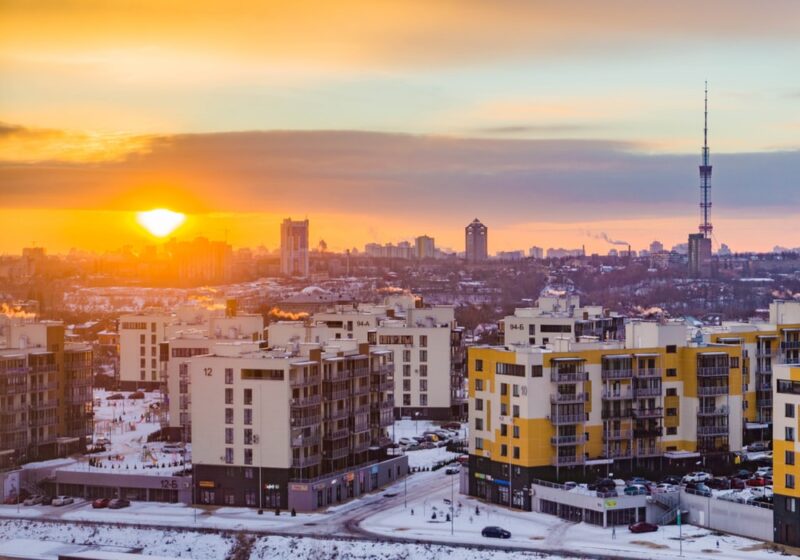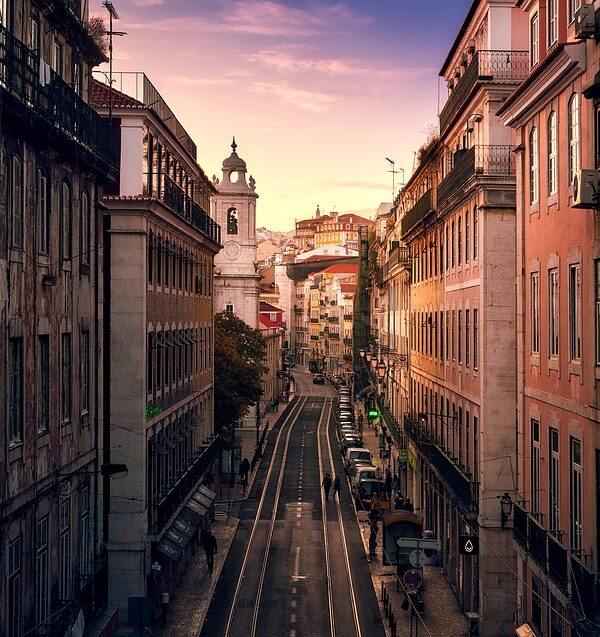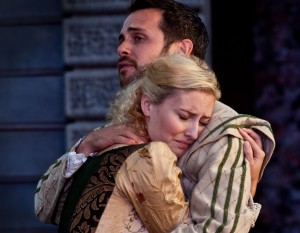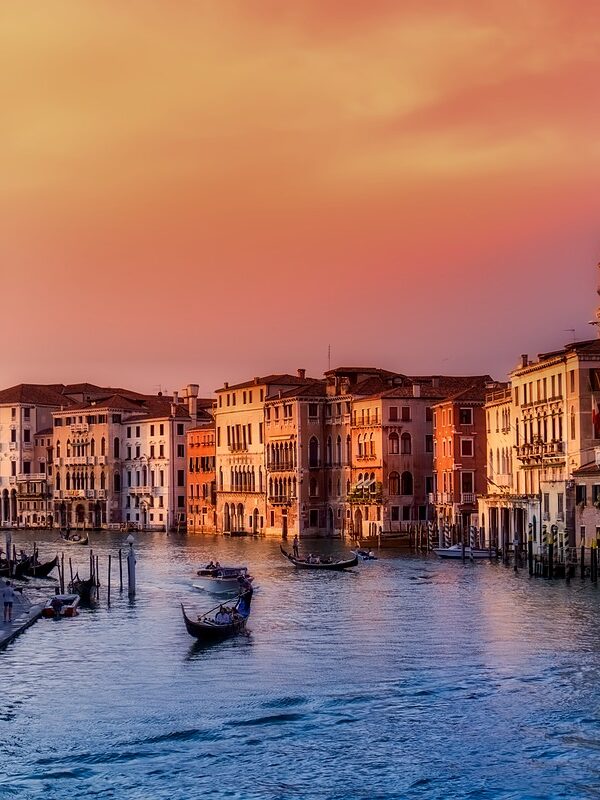A few years ago Ukraine may not have been an obvious choice to visit for a mini-break. It doesn’t have the weather most Brits seek for a place to jet off to and is a little further afield than many closer European cities. Ukraine’s main point of interest is Chernobyl, the infamous site of a major nuclear disaster that doesn’t exactly scream “tourist friendly”. Despite this, perception has shifted in the past 12 months, as after the success of acclaimed series ‘Chernobyl’, interest seem to be picking up in visiting Ukraine and seeing the site of the disaster for themselves. There is also a recent rise in ‘dark tourism’, the trend of travellers wanting to see historic sites that usually are known for having quite a morbid backstory.
Besides Chernobyl, Ukraine has a lot more to offer the curious traveller, ideal for those who like to visit somewhere and get a flavour of the culture, as well as the usual sightseeing. Capital city Kiev (yes home to the chicken dish) is covered with beautiful buildings and intriguing art installations to peruse and there are a range of excellent restaurants that will open your palette up to new styles of food if it is your first time in the region.
Read on to discover all the country’s main city has to offer and find out all you need to know about touring Chernobyl (from our writer who has been). Want more recommendations? Take a look at our Travel section.
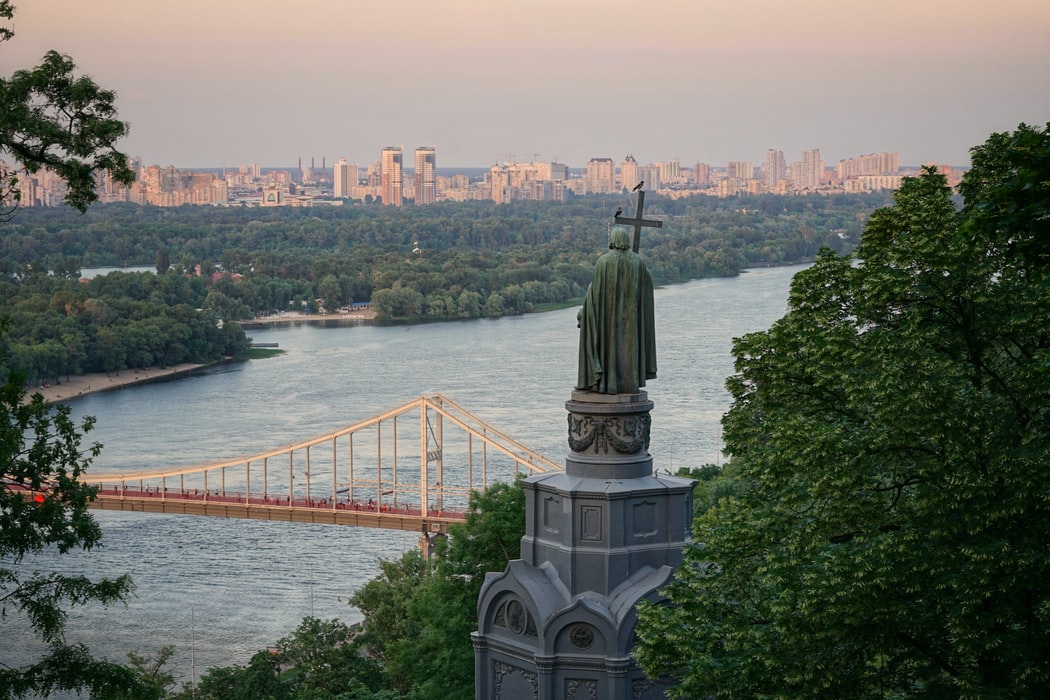
Vising Kiev
Kiev typically has cold or mild weather for most of the year, although does see warmer temperatures around 30 degrees in summer. In autumn/winter temperatures can drop regularly to minus figures so be prepared if travelling there around those seasons. Luckily, many of the activities aren’t weather-providing so it isn’t much of an issue, although you will definitely want to take a big coat through colder months.
In terms of things to do, there are your usual walking tours and hop-on buses to enjoy to get a thoroughly guided tour of the main attractions. To get a better sense of the city, we would recommend constructing your own agenda and leaving some free time to browse. There are some stunning sights to take in and sometimes the best things to see are simply stumbled upon.
History buffs will enjoy the Natural Museum of Ukraine in the Second World War, which is home to both interesting and distressing artefacts, alongside wartime planes to view outdoors. This is set besides Rodina Mat, one of the largest sculptures to see that also houses vast grounds that are great for a stroll.
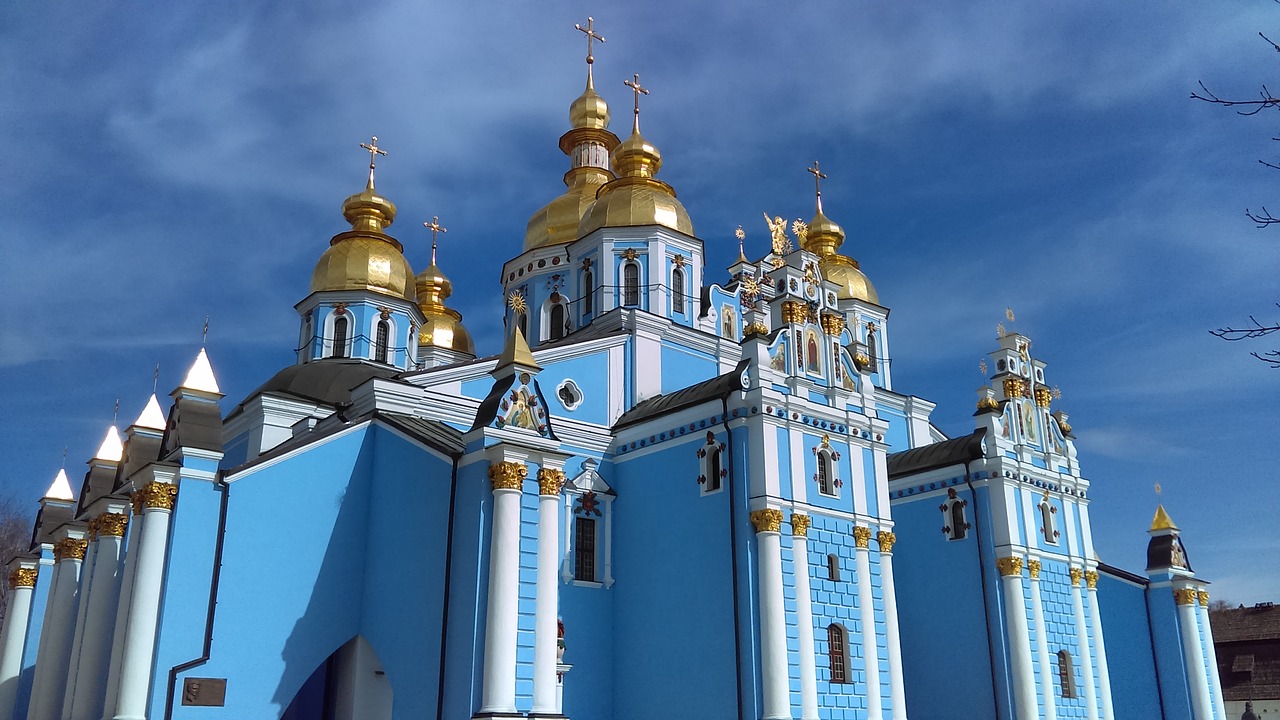
A not-to-be-missed building in the city centre is Kyivo-Pechers’ka Lavra, a grand set of buildings known as the Monastery of the Caves. Noted as the namesake of Kiev on Wikipedia, the grounds are home to monks and worshippers of Orthodox Christianity. The underground caves are open to the public but you will have to dress appropriately as it is a religious site of upmost importance. Visitors must cover their legs and shoulders and women may be asked to cover part of their hair. When you arrive helpful church members do provide aprons for unprepared guests to cover up, but it is always best to be adequately dressed so you don’t miss out. You are handed a candle to enter the caves, there is no electricity or other light to guide you than the candle. It is both an intensely spooky yet remarkably calming experience. The tombs of past priests are able to be viewed in different rooms, devout locals are visibly moved as they enter and pray by each so it need not be said that respect must be paid as you are there. There are more Orthodox buildings to see as you explore the city on foot, St. Andrew’s, St. Sophia’s and St. Michael’s Golden-Domed Monastery are all impressively detailed and stunningly designed buildings that are worth seeing first-hand.
Andriivs’kyi descent is a popular street for both tourists and locals, sometimes home to pop-up market stalls. The street is steeply hilly as the name describes and gives way to adorable cobbled streets and original houses. The stalls that sometimes feature have a mix of your usual market jumble pieces and some more original trinkets to collect, there are some handmade and authentic Russian dolls that are worth haggling for those who love a good souvenir.
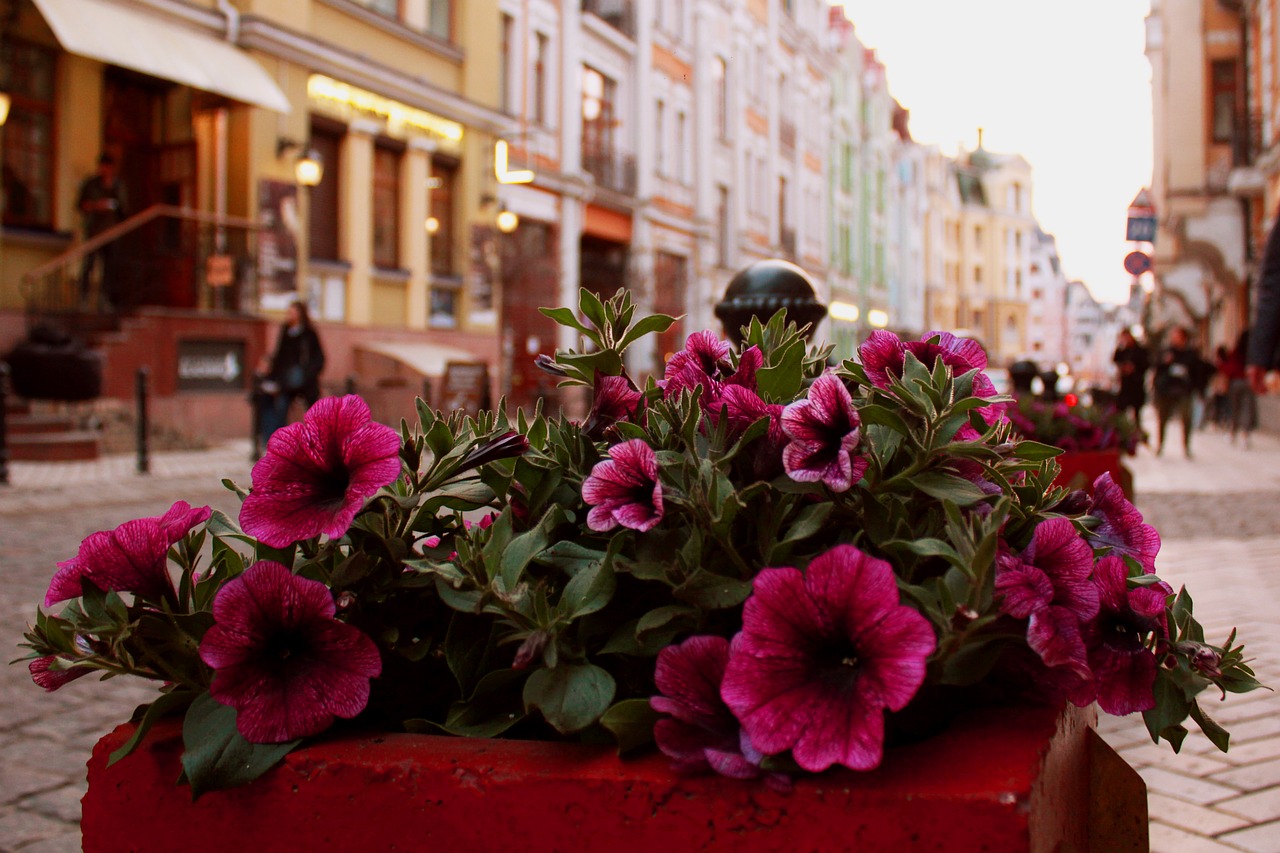
Where to stay
One thing that you may need to become accustomed to is the slightly outdated decor and furnishings of many hotels and apartments in the city. Certain things have gone amiss over the years, particularly the positioning of some electrical fittings, our advice would be to thoroughly vet sites when booking and only go via trusted channels. Many rooms will look like something the 1970s threw up, but weirdly that can become part of the charm of visiting and taking in the common decor themes.
One of the most popular areas to stay is Independence Square, this will set you right in the middle of all main attractions and is a common meeting point to get the Chernobyl tour bus from. This is walking distance to Andriivs’kyi descent, amongst other attractions. There is a large mall situated in the middle of the square, perfect for public transport links to further afield attractions and there are a variety of food and drink venues on the branching-off streets to unwind in after a busy day exploring.
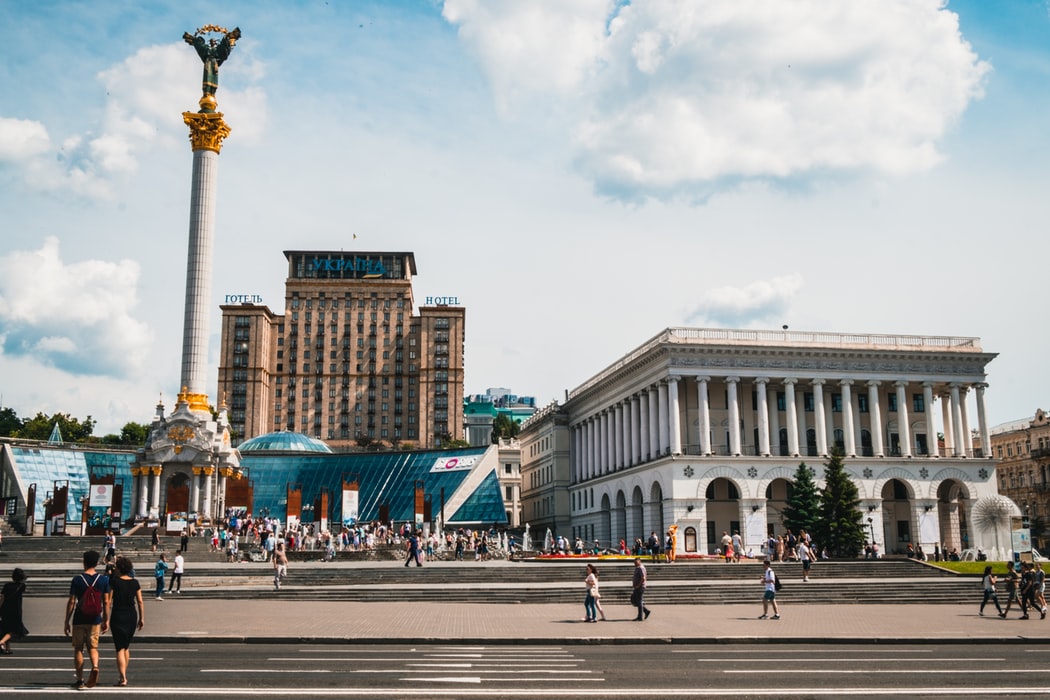
What to eat and drink
The available cuisine includes the local dish, the Chicken Kiev, alongside a mixture of traditional Ukrainian foods. Great for adventurous eaters, Kiev food includes classics such as; potato dumplings, stuffed cabbage rolls,cornbread stuffing and deep-fried straw potatoes. There are also a large number of Georgian restaurants to branch out and try other delicacies. For travellers new to Ukraine, expect a lot of breaded meat and carb-heavy foods. One of the best things for out-of-towners is the cheap prices for food and drink across the board.
Visiting the local bars proves that alcohol is in no short supply in Kiev. The standard measure seems equal to our double shot and can easily be ordered for roughly around £1. There are some customary quirks to get around when ordering drinks, as Ukrainian bartenders seemed to find the concept of a spirit and mixer combined to be weird and some proceeded to bring them as separate drinks. It seems in Ukraine alcohol is often enjoyed neat.
Tsars’ke Selo is one of the top rated restaurants in the region and comes highly recommended. One of the priciest place to visit, it will set you back around £20 for food (see what we said about cheap) with drinks on top. The drinks can tip you into the luxury range of spending, as there are bottles of Cognac on offer for up to £165. The restaurant is whimsically designed to look old-fashioned, with a straw roof and wooden beams exposed to get a rustic aesthetic. On the menu is a variety of people-pleasing dishes like Chicken Kievs and homemade cheese, all the way to a more extravagant serving of Caviar.
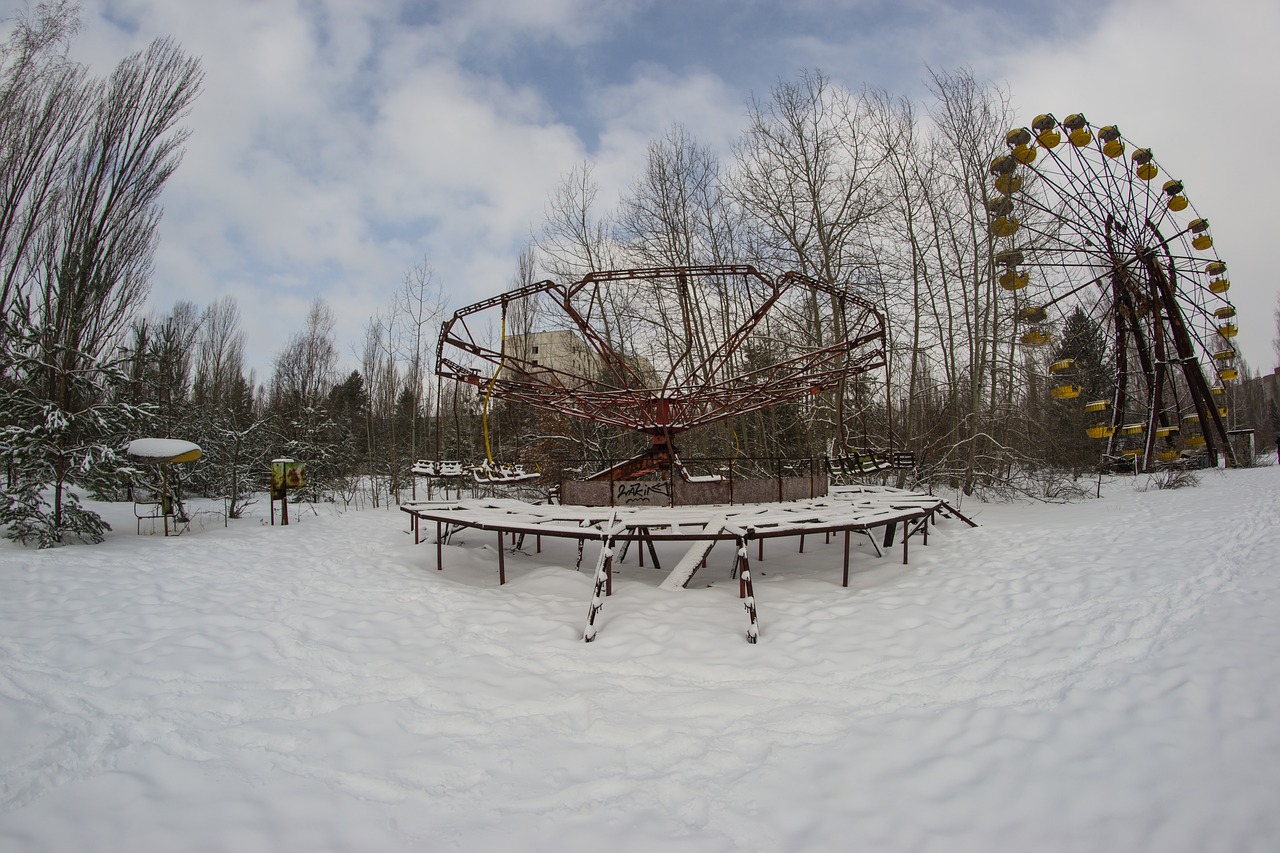
Touring Chernobyl & Pripyat
It’s extremely easy to get transport from Kiev to Chernobyl. As all Chernobyl tours are arranged as guided package deals (it is not possible to visit unaccompanied by an approved tourguide), transport is typically arranged to pick guests up from Kiev centre in Independence Square.
Unfortunately for tourists, tours of Chernobyl have gone up in the past year due to the success of the acclaimed television series, named after the power plant. The series brought further awareness of the disaster to a new generation and sparked additional interest in visiting the site. Tours are now averagely priced between £70 – £100 for a full day experience.
Tours last a full day and the site takes around 2 hours to get to. Guided tours will collect you by bus, decent tours like Solo East will offer some kind of entertainment on the way. The mentioned tour plays documentaries on Chernobyl en route so you can learn more of the disaster (if unversed). Tours like this will also provide food throughout the day, although guides will reassure you the food may be served in Pripyat but is sourced elsewhere for safety precautions.
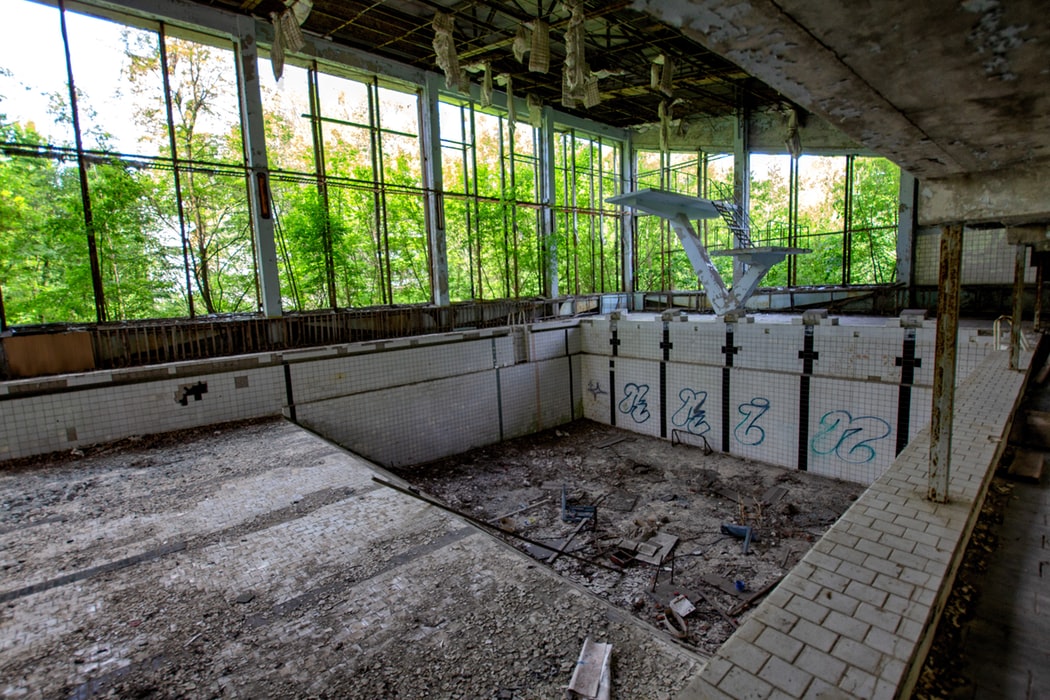
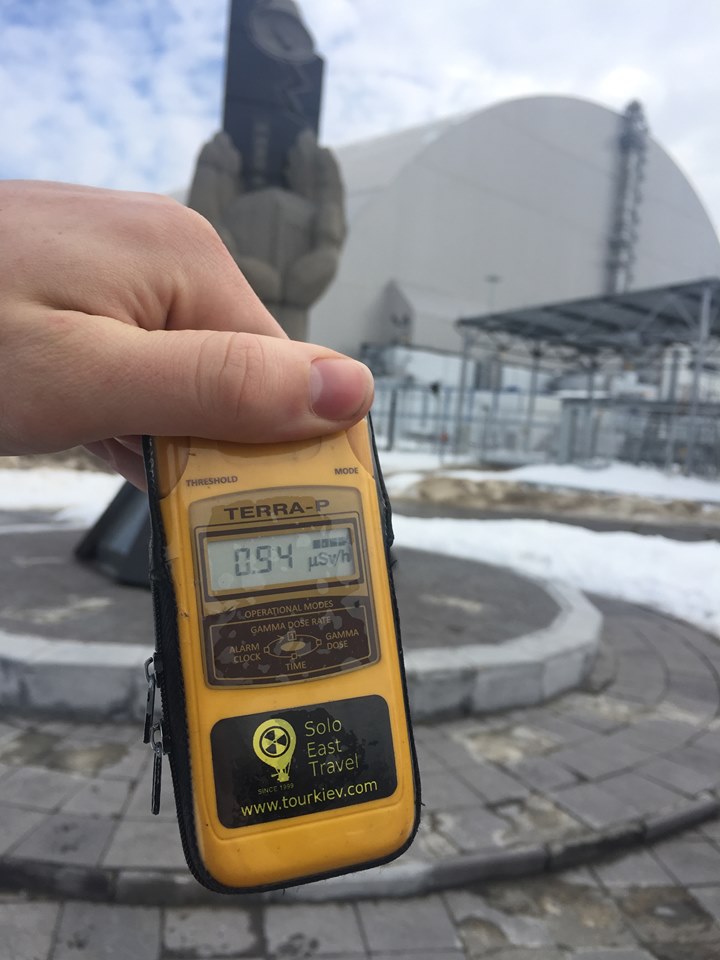
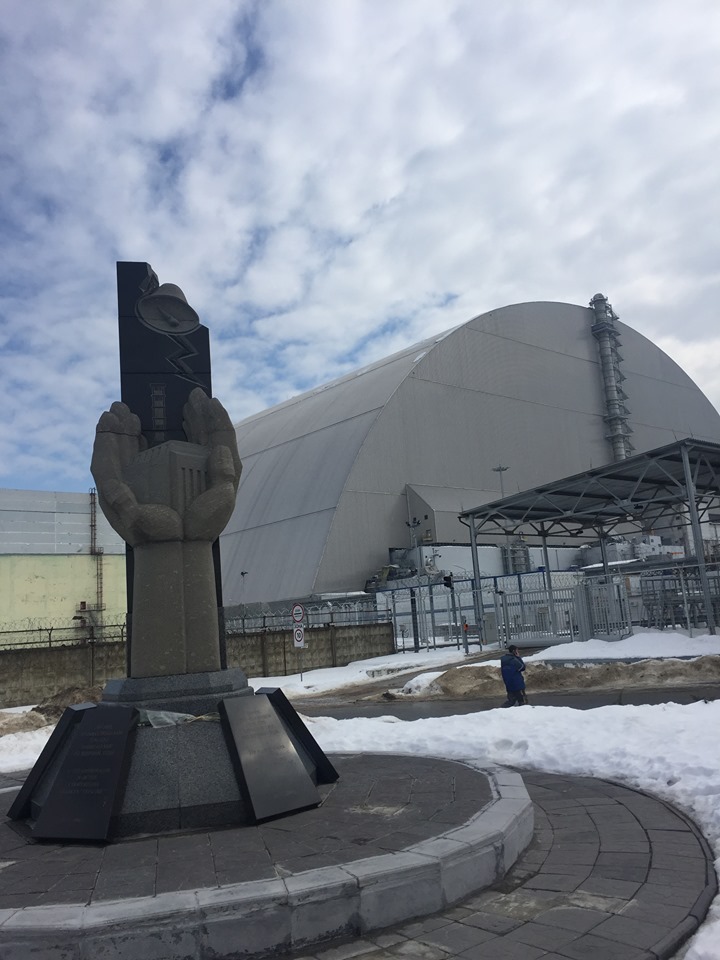
What do tourists get to see in Pripyat and Chernobyl?
Most tours follow a similar formula, taking guests through security into the exclusion zone to then spend an extended amount of time in Pripyat before moving on to see the newly domed Chernobyl power plant.
There is less awareness of Pripyat, but it certainly offers plenty of intrigue for tourists. Pripyat is the city that housed thousands of people before the nuclear explosion and today is a literal ghost city, completely deserted and eerie to witness. Locals had to flee in hurry after the disaster and had a few hours to leave their homes, due to the severity of the radiation threat all had to leave the majority of their belongings behind. Multi-storey buildings are vacant, heavily looted by criminals taking opportunities from the quick dashes families had to make, meaning just a few personal possessions are still in place. Furniture, appliances and the odd other item are still placed inside many of the flats. For visitors who have a penchant for touring abandoned buildings, this is will be an unmissable opportunity.
Over the course of a few hours, a guide will take you around their chosen buildings to tour around the city. There are a choice of buildings to see including; a school, church, apartments, a supermarket and a sports centre with swimming pool. As you can imagine, locations like the abandoned swimming pool make for the best photography opportunities. You will also go to the old fairground, easily on of the spookiest destinations. Complete with the remains of old bumper cars, carousel and Ferris Wheel, this is a core part of the tour.
After Pripyat, you will be driven down the road to the nuclear power plant. There is a monument placed in front of the plant in memory of those who tragically lost their lives, this is as close as guests can get to the structure. You will see the new ‘sarcophagus’ dome that was completed in July 2019. The story behind the new safe confinement dome is fascinating on it’s own, a true testament to the possibilities of human engineering. The dome was the innovation of hundreds of scientists and experts from across the globe and slid across a large track to cover the outdated structure that was added as an emergency measure to contain the radiation at the time of the meltdown. The new structure has robotic technology designed to slowly deconstruct and remove toxic waste over a long period of time to reduce the risk of Chernobyl causing further destruction to the area and potentially the planet. More on this can be found here.
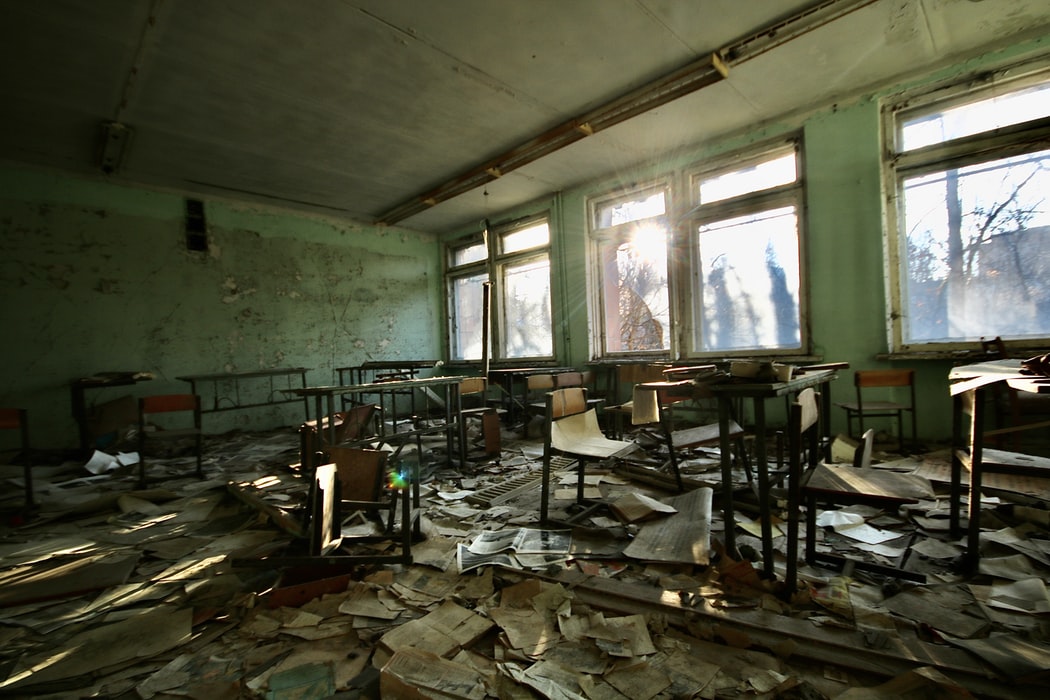
Precuationary Information
As you may expect, touring Chernobyl isn’t your average tourist attraction and comes with strict rules you must follow to ensure your safety. For starters, you will need your passport to enter the area as the exclusion zone is military guarded and all attendees must go through security checks before you can get through the barrier. You can only visit as part of a guided tour and are not allowed to wander off alone or defer from the set route. No alcohol is permitted, ditto to no smoking too and all guests must be sober to be allowed entry.
After the tour each guest is put through machines to check your radiation levels are safe before being allowed to leave the exclusion zone. Our guide advised us it could be deemed unsafe to fly if you didn’t pass the criteria for radiation levels.
It is also recommended that you do not touch anything directly. Some areas now have very low levels of radiation, but of course having direct skin contact is more intense that simply being near radioactive materials. The highest levels of radiation are within the ground, meaning the lower you put your Geiger counter to the floor, the higher the levels will spike, although they are still deemed safe levels in the areas you will go. Other, specific areas seem to have taken the brunt of radiation, an example being the abandoned fairground Ferris Wheel, which had one of the highest readings of the tour (much higher than standing directly outside the power plant).
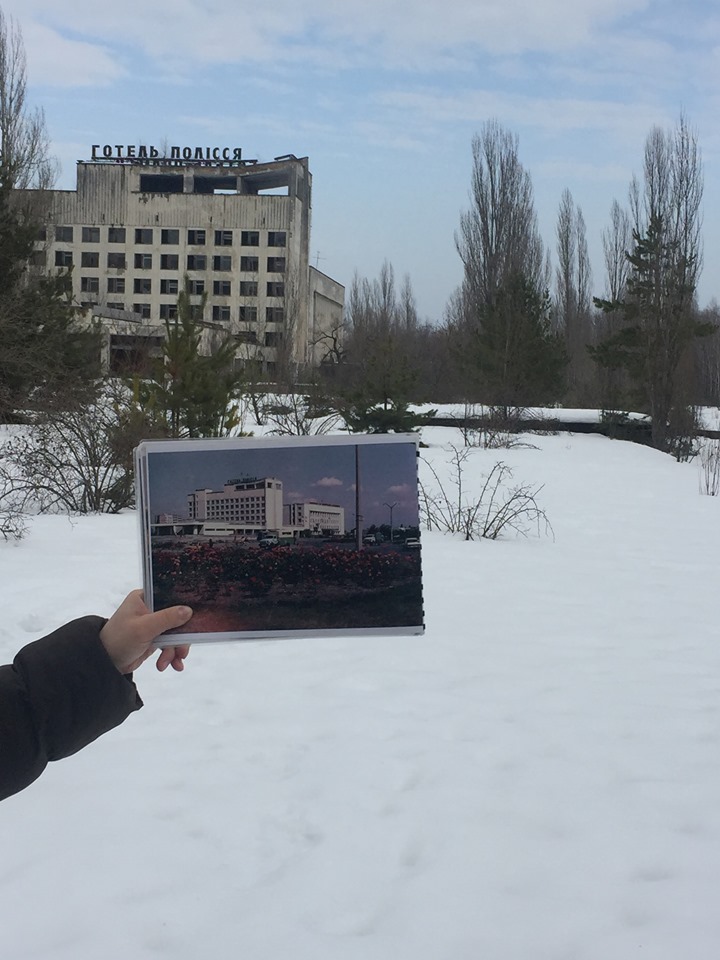
Is Chernobyl safe?
Whilst daunting, Chernobyl is not deemed unsafe for the majority of visitors. The levels of radiation that you are exposed to are far lower than other activities many will undertake. In fact, our guide informed us that the plane journey to Ukraine exposed us to much higher levels of radiation than any point of the tour ever could, setting minds at rest that guests would leave with risk of future health issues (although do undertake your own research to confirm this).
Technically, guests are forbidden from entering buildings, but guides do take tourists inside but warn you to get out if the guards are passing by. This isn’t a radiation issue, more of a health and safety one as the buildings have not been mantained for decades and aren’t always the most accessible, meaning there could be risks of slipping, tripping on debris and structural changes over time. We’d advise to enter at your own risk if you want to see building interiors. You will still get a lot from visiting the outsides, wandering the city and seeing the fairground so don’t worry you’ll be missing a core part of the tour.

